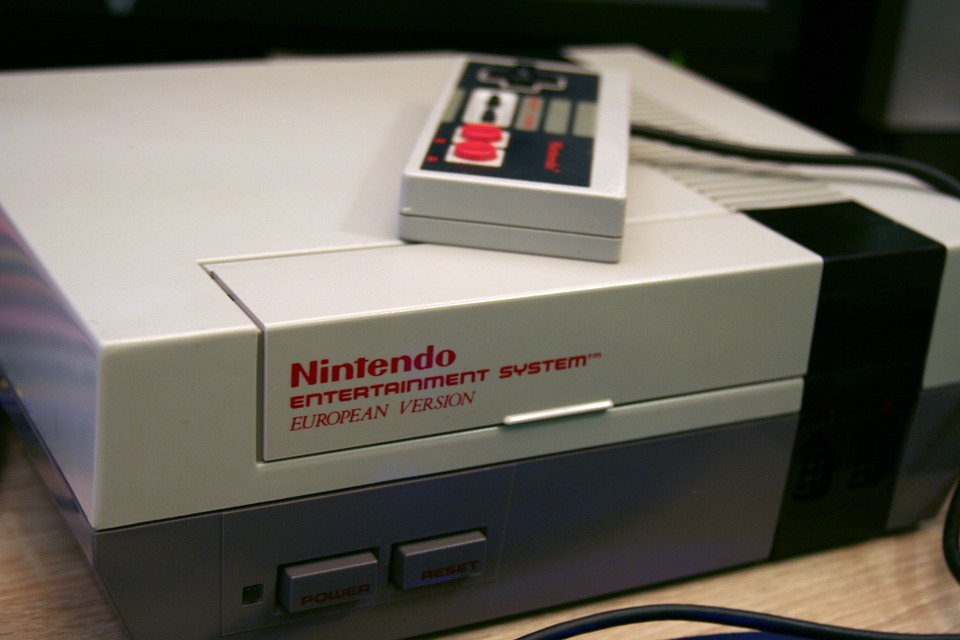As the sun sets on another generation of high-definition graphics and cutting-edge gaming technology, a fascinating trend is emerging from the shadows of nostalgia. Retro games—those charming pixelated wonders of the past—are experiencing a revival that not only appeals to seasoned gamers but also captures the hearts of a new audience. But why are these pixelated memories making such a significant comeback?
A Trip Down Memory Lane
For many, the allure of retro games lies in the nostalgia they evoke. Titles from the 8-bit and 16-bit eras, such as Super Mario Bros., The Legend of Zelda, and Sonic the Hedgehog, transport players back to simpler times. The graphics may appear quaint and unrefined by today’s standards, but they resonate with fond memories of youth and joy. This emotional connection creates a powerful incentive for both older gamers seeking solace in the familiar and younger players curious about the roots of gaming culture.
Accessibility of Classic Titles
Thanks to digital distribution platforms like Steam, the Nintendo eShop, and PlayStation Network, accessing classic games has never been easier. Remastered versions, compilations, and emulators allow a new generation of players to experience these gems without the need for obsolete hardware. Additionally, mobile gaming has introduced many retro titles to a wider audience, often through simple ports or reimagined adaptations that maintain their essential charm.
Indie Developers and the Retro Aesthetic
The resurgence of retro games can also be attributed to the burgeoning indie game development scene. Many indie creators embrace pixel art and chiptune music, utilizing these nostalgic elements to evoke a sense of familiarity while introducing innovative gameplay mechanics. Titles like Celeste, Stardew Valley, and Undertale have not only garnered critical acclaim but have also showcased the potential of retro aesthetics. These indie games blend nostalgia with fresh ideas, creating a unique experience that feels both familiar and exciting.
Simplified Gameplay and Design
In an age dominated by complex, multi-layered narratives and vast open worlds, many players are craving the straightforward gameplay that defined retro games. These titles often focused on core mechanics and level design, encouraging quick play sessions without overwhelming players with excessive content or intricate storylines. This simplicity can be refreshing, especially for individuals seeking an escape from the complexities of modern life.
Community and Multiplayer Revival
Retro gaming has also fostered vibrant communities dedicated to preserving and celebrating gaming history. Online forums, social media groups, and streaming platforms like Twitch have given rise to communities where players share tips, speedrun games, and reminisce about their favorite titles. Multiplayer experiences, whether local or online, also reflect a spirit of togetherness that many modern games sometimes overlook.
The Influence of Streaming Culture
With the rise of gaming influencers and streamers, retro games are gaining renewed visibility. Platforms like Twitch and YouTube have made it easier for content creators to showcase their love for classic titles, often introducing them to younger audiences who may never have encountered these games otherwise. The interplay between nostalgia and modern content creation creates a powerful cycle that keeps retro games alive and thriving.
Conclusion: The Timeless Appeal of Pixels
In a world constantly moving towards the next big innovation, retro games offer a refreshing reminder of the joy found in simplicity. Whether through the emotional pull of nostalgic memories, the accessibility of classic titles, or the innovative spirit of indie developers, pixelated games continue to capture hearts and minds.
As players jump back into their favorite childhood titles and uncover hidden gems they may have missed, one thing is clear: despite the high-definition graphics and immersive worlds of today’s gaming landscape, the charm of retro games remains timeless. The return of these pixelated memories is not just a fleeting trend—it’s a celebration of gaming’s rich history and an invitation for future generations to experience the magic of gaming’s past.



